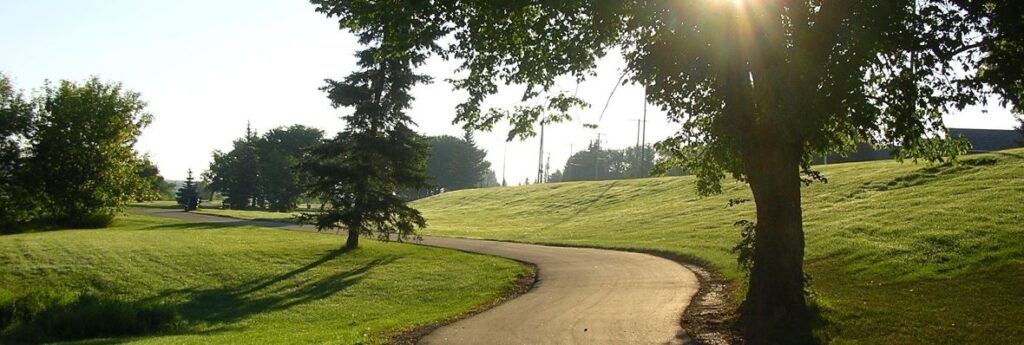It may not be apparent at the moment with most of this country’s cities covered by snow, but a new research has revealed Canada’s greenest city as Prince Albert, Saskatchewan, with 20% of the city being used as parkland. Edmonton and Gatineau, Que., ranked second and third, respectively
The study, conducted by real estate site Calgary.com, analyzed parkland data for Canadian cities and scored them based on how much parkland, green area, and gardens they have.
Prince Albert has 28.1 hectares of park per 1,000 people, and 20% of the city is made up of Parkland, giving it a ‘Green Score’ of 100 out of 100.
“It’s built on a transition zone between the aspen parkland and a boreal forest, so the city is clearly embedded in nature,” notes the site.
Coming in second place is Edmonton, which scored 80.26 out of 100 on the Green Score. While it may only have 6.2 hectares of park per 1,000 people and 8% of parkland, the city boasts a whopping 104 community gardens, the most out of any city in the study.
The Quebec city of Gatineau takes third place on the list, with a green score of 76.98 out of 100. The city has 17.2 hectares of park per 1,000 people, and 15% of the city’s land is made up of parkland. Additionally, there are 20 community gardens in the city.
Toronto comes in fourth place, receiving a green score of 74.57 out of 100. 13% of the city land is made up of parkland, as well as there are 79 community gardens. Due to the city’s larger population, however, there are only 2.7 hectares of park per 1,000 people.
Rounding out the top five is Calgary, coming in with a green score of 67.67 out of 100. This is due to there being 7 hectares of park per 1,000 people in the city, 11% of the city being parkland, and 59 community gardens.
The rest of the top 10 was comprised of Calgary; Guelph, Thunder Bay, and Waterloo, Ont.; Vancouver; and Kitchener, Ont.
Commenting on the findings, a spokesperson from Calgary.com said: “It’s great to see that even some of Canada’s largest and most populated cities still maintain lots of parklands to keep the area greener, especially in the case of Toronto. Using percentages as a representation of green space also highlights the efforts smaller cities are doing to keep nature at no more than a stone’s throw away from residents.”

